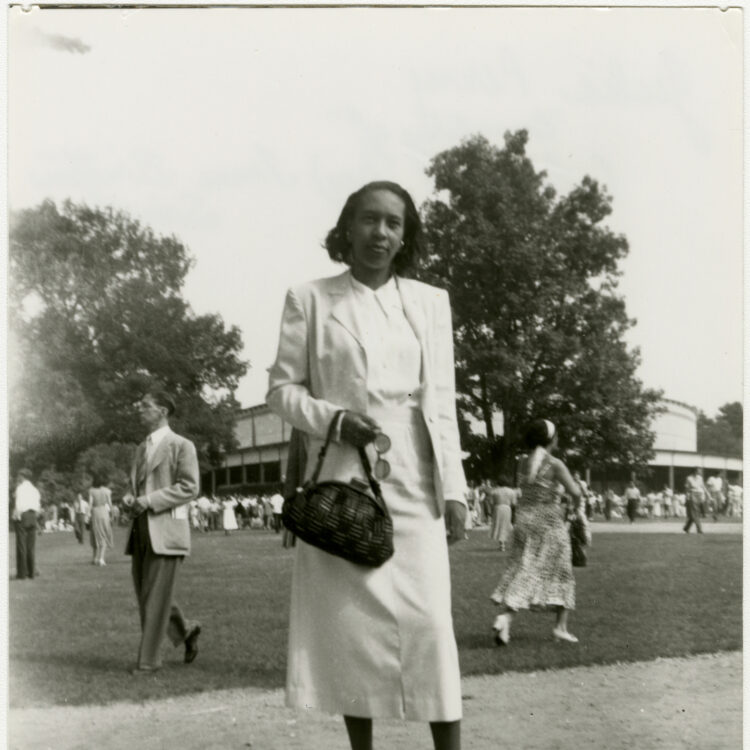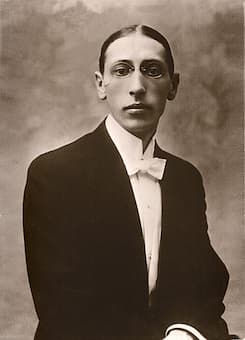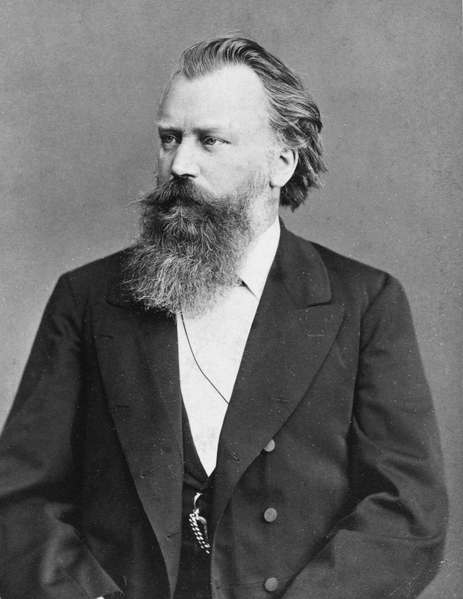Coming to the Schermerhorn
Perry, Stravinsky and Ohlsson’s Brahms at the Schermerhorn
On September 15, the Nashville Symphony will present a concert featuring Igor Stravinsky’s Rite of Spring, Julia Perry’s Short Piece for Orchestra and Johannes Brahms’ First Piano Concerto performed by American Pianist Garrick Ohlsson. It looks to be a wonderful night in Nashville!

Julia Perry (1924-1979) was an American composer from Kentucky who was known for combining her neo-classical compositional techniques with musical styles rooted in her African American heritage. Studying at Westminster Choir College, Julliard Conservatory, and in Tanglewood, in 1952 she travelled to France to study with Nadia Boulanger, after which she went to Italy to study with Luigi Dallapiccola (who she had already studied with before Paris). While in Italy, her Short Piece for Orchestra (also known as her Study for Orchestra) was premiered.
The work is a mid-century masterpiece in five movements in which the opening firestorm returns twice after being interrupted first by a lyrical section and later a lento section. In particular, the lyrical section brings to mind the refrain from Arnold Schoeberg’s “Enthauptung” from Pierrot Lunaire, however it is much more neo-classical than expressionist; at this point in her career Perry was concentrating on the European abstract scene over the musical styles of her ancestry (she would return to these later in her career). Wonderfully, the first recording of it, by William Steinberg and the New York Philharmonic is available on Youtube here.

The Rite of Spring (Le Sacre du printemps) was the third of Stravinsky’s three primitivistic masterpieces for the Russian Ballet in Paris at the beginning of the last century. Designated as “heavy metal” by Maestro Giancarlo Guerrero, with its polytonal “powerchords” and synchopated “head-banging” rhythms, one can see what the Maestro is talking about. Its premiere is still famous for the disturbances from the audience, most likely focused on Vaslav Nijinsky’s choreography, which depicted the famous dancers in primitive costume and distinctly gauche and inelegant form as they danced a Russian primeval spring sacrifice ritual. The piece, which is perhaps the 20th Century master’s most well-known, is marked by many of his compositional characteristics, the constant “tick-tock” rhythm, syncopated accents, sharp contrasts in texture and dynamics as well as an atonal organization and alternative scales (octatonic in particular). Theoretical jargon aside, as the Maestro also notes, the piece sounds every bit as authentic as it did a century ago.

In 1970 Garrick Ohlsson became the only American born pianist to win the prestigious International Chopin Piano Competition. He is a noted master interpreter of many romantic composers, in fact he just recently released a complete cycle of Beethoven’s concerti, and is known for having a repertoire of over eighty concerti, not least of which is Brahms’ first which will be heard at this concert.
Brahms began working on his first concerto in 1854, at which time it was a piano duo. During its long compositional evolution, the work would be conceived as a symphony before Brahms finally settled on it as a Concerto. This evolution is apparent in the remarkable first movement which opens with a tutti statement rife with all the splendor of any of Brahms other symphonies. The second movement, provides a respite after the thunderous first movement seems to reach into the spiritual; About it, Brahms wrote to his friend, Clara Schumann, “I am painting a gentle portrait of you.” Schumann, the recently widowed virtuosic composer and pianist described the movement as “exquisite” and “beautiful.” The final movement shows Brahms’ own virtuosity and historical appreciation, which, one hopes, will be amplified by Ohlsson’s technique and extensive knowledge of the repertoire.
(note: Featured painting of Ohlsson is by Dean Michael Larson, 2016 www.deanmlarson.com)



